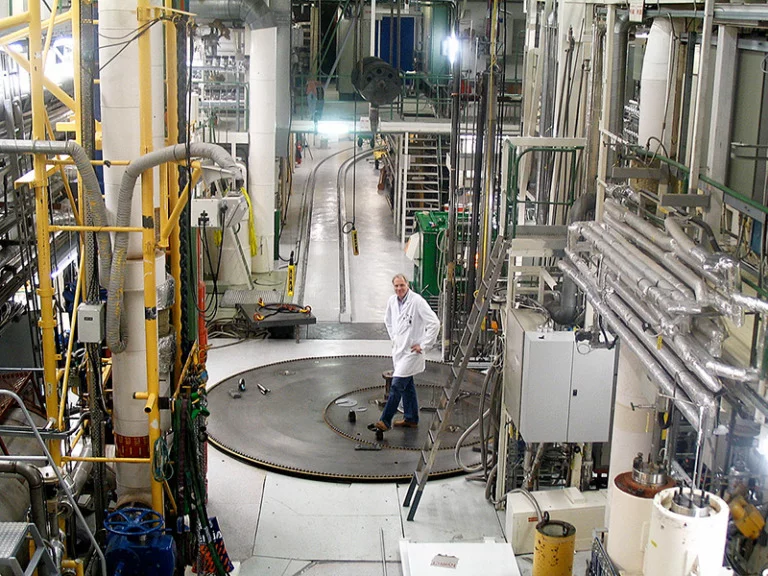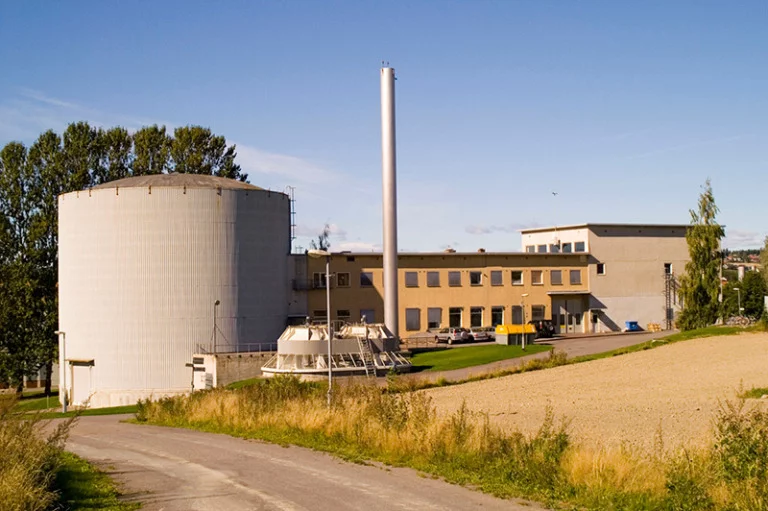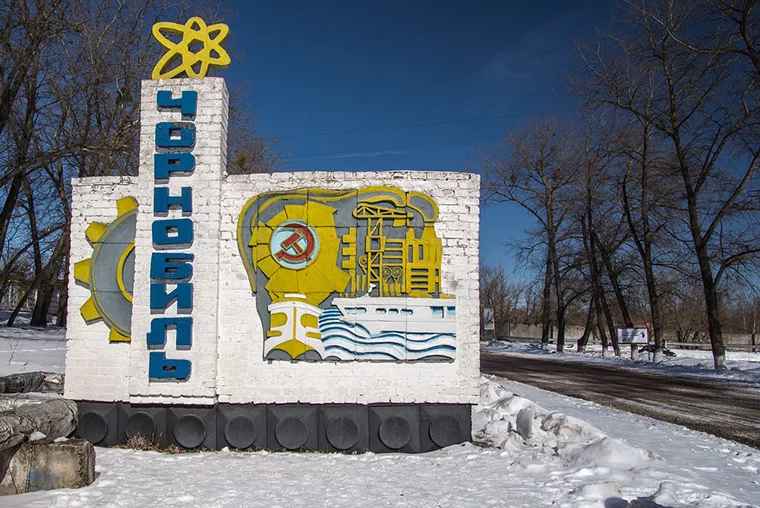Nuclear power has never taken off in Norway. But the country has researched the technology for decades.
In energy circles, Norway is known for its vast hydropower-based energy system. But if different decisions had been made around 40 years ago, the country could have turned to nuclear.

Here's the story of nuclear power in Norway, including the two reactors that remain in place today.
Norway's nuclear timeline
Norway has no nuclear power plants in operation, but it began to prepare for its use very early. In fact, the Institute for Nuclear Energy (IFA), now the Institute for Energy Technology (IFE), was established way back in 1948.
The institute was established just a few years after the Trinity test and subsequent World War II bombings of Hiroshima and Nagasaki, which alerted the world to the power of nuclear energy.
IFA's remit was to research the peaceful utilisation of nuclear energy. They immediately began to develop the first Norwegian nuclear reactor, known as JEEP I, which was put into operation in 1951. At that time, only four other countries had their own reactors. Sixteen years later, JEEP II replaced it.
In 1958, the Halden reactor was put into operation. It provided process heat to a paper mill but was mainly used for international collaborative research on safety for certification.

Nuclear reactors in Norway today
IFE conducts research in energy, environmental technology, physics, materials science, petroleum technology, nuclear safety and reliability and human-machine systems.
IFE operates the only two nuclear reactors currently in Norway, both of which are dedicated to research.
However, one of these, the Halden reactor, is currently shut down with no plans for a restart. Previously it was used for research in materials technology and nuclear fuel safety.
The JEEP II reactor at Kjeller is used for materials science research and basic research in physics, and production of radiopharmaceuticals.
Why didn't Norway build full-scale nuclear power stations?
Norway's lawmakers discussed building nuclear plants in the country early. In 1969, the parliament approved a planning process because of the uncertainty of expanding hydropower.

At the time, nuclear was seen as a very interesting economic alternative that could supplement a hydropower-based system.
In 1974, plans for the construction of a nuclear power plant in the Oslofjord area were presented, but lawmakers first decided to make a more detailed safety assessment.
In 1978 a committee recommended the development of nuclear power, provided that strict safety requirements were met, but one year later parliament ultimately decided to continue with hydropower. One of the influential reasons was the Three Mile Island accident that took place in 1979.
The impact of Chernobyl in Scandinavia
HBO's recent series Chernobyl has highlighted the devastation caused by the 1986 disaster.
Initially covered up by Soviet authorities, the disaster only came to light when nuclear power stations in Sweden—hundreds of miles away—detected high levels of radiation and began to ask questions. 35 years later, radiation remains a problem in both Sweden and Norway, especially for farmers.
“Who would have thought that a small northern Norwegian mountain village could be hit by a nuclear accident in Europe. Overnight we were powerless. The Chernobyl accident shows that our food production is vulnerable. It's scary,” sheep farmer Laila Hoff from Hattfjelldal told Norwegian state broadcaster NRK.
She said all meat had to be destroyed in the first year following the accident. But even now, animals in 37 Norwegian municipalities are subject to radiation testing and control before they can be slaughtered. One leading researcher says it will take “decades” for the controls to no longer be necessary.

Nuclear waste in Norway
Some of the used nuclear fuel in Norway consists of metallic uranium, which makes it especially challenging to store.
Since the 1950s, some of the fuel rods have been kept in a dry storage well in Kjeller. The facility doesn't comply with modern standards, but until now it's not been possible to improve the storage conditions of the fuel.
A NOK 138 million deal recently signed will see the waste securely lifted from the storage well and transported to Sweden for processing before eventual return to Norway.
The potential for nuclear power in Norway
Proponents of nuclear energy say it's sustainable, reduces carbon emissions and increases energy security for an individual nation. But opponents say nuclear power poses many threats to both people and the environment.
Norway has set lofty climate targets for 2030. So is nuclear the perfect solution? Well, there is little political support for nuclear power.
Earlier this year, Norway's Green Party expressed support for nuclear power, but the major parties are mostly against it or silent on the issue. At the time of writing, the country's future energy policy revolves around hydropower, offshore wind power and hydrogen.
However, Norway does have large deposits of thorium, an alternative and potentially more environmentally-friendly nuclear fuel than uranium. A 2008 report recommended strengthening international cooperation in the field. There is some industry support for developing the technology further.


thanks for informations! The elections are approaching and I have a big dilemma who to vote for. I’d like to give up the vote for the party supporting the nuclear plants, but unfortunately the miljø-partie is too extreme even for my standards. do you have some knowlage if there is someone else who will follow this path?